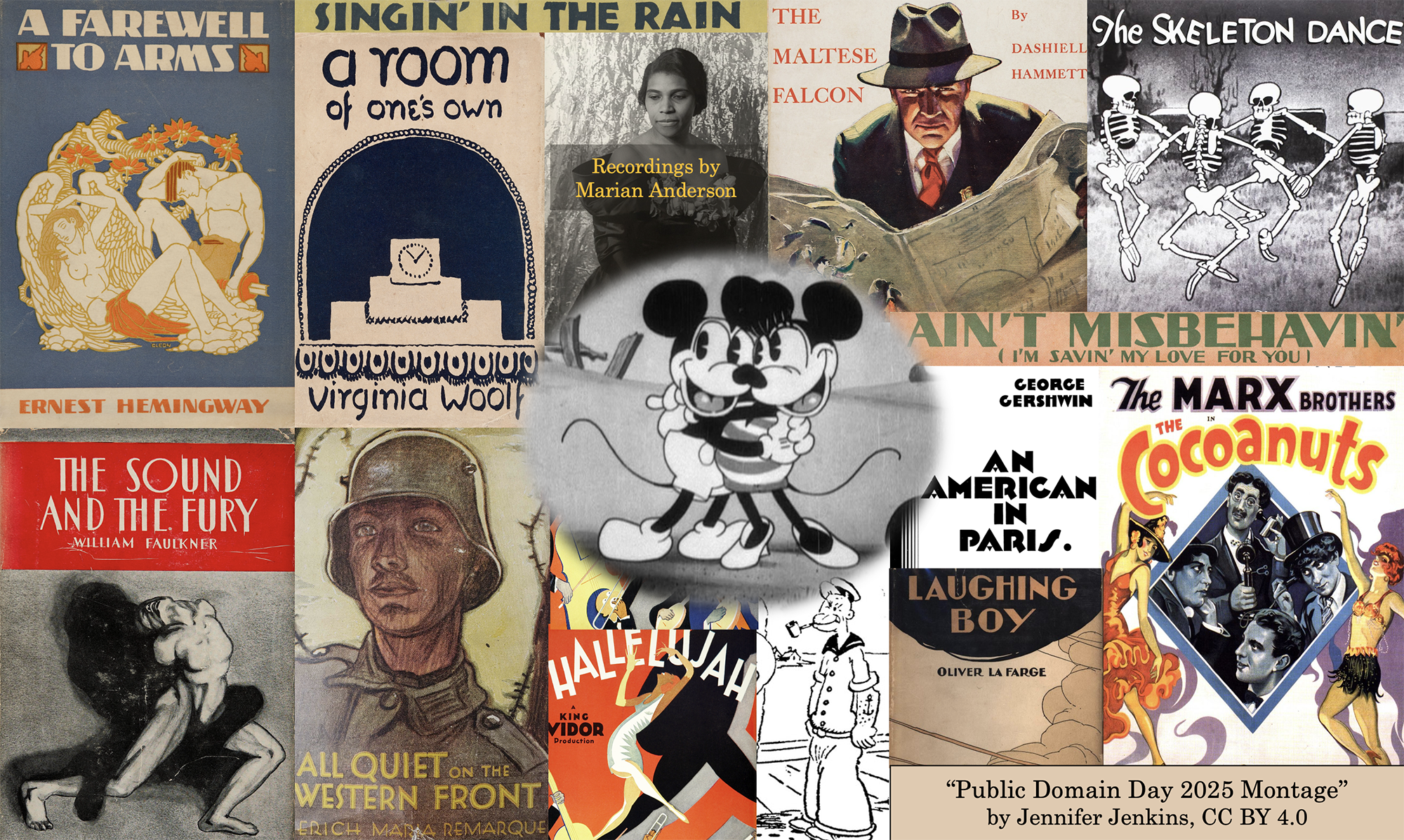AI for Subtitles, Translations, & Accessibility
By ERMW Team
Thursday, July 17, 2025
In today's interconnected world, video content is a universal language, but language and ability barriers can still limit its reach. Creating videos that are truly inclusive—accessible to everyone, regardless of language, hearing, or visual impairment—was once a costly and time-consuming endeavor. However, the rise of generative AI has become a game-changer, providing automated, intelligent solutions that make this daunting task easier, faster, and far more affordable. This article explores how AI is transforming video accessibility and introduces some of the key software tools that are making it possible.
Accurate Subtitles: Beyond the "Old-School" Autocaption
For years, automated captioning was a hit-or-miss affair, often riddled with errors that required hours of manual correction. Generative AI, powered by sophisticated deep-learning models, has revolutionized this process. Modern AI-powered captioning systems achieve remarkable accuracy, understanding diverse accents, complex terminology, and even multiple speakers.
Key Benefits of AI Subtitling:
Improved Comprehension and Reach: Subtitles are a lifeline for viewers who are Deaf or hard of hearing, but they also enhance comprehension for everyone, especially in noisy environments or when watching content on mute.
Time and Cost Efficiency: AI-powered speech-to-text engines transcribe video content in minutes, saving creators countless hours of manual work and the expense of professional transcription services.
Customization and Control: While the AI does the heavy lifting, you retain full control. Most tools allow you to easily edit text, adjust timings, and customize font styles, colors, and placement to match your brand or aesthetic.
Software to Consider:
Descript: A powerful all-in-one editor that lets you edit video by editing a text transcript. Its AI-powered transcription is highly accurate, and it offers features like filler-word removal and studio-quality sound enhancement.
Happy Scribe: This service specializes in transcription and subtitles. It boasts high accuracy and fast turnaround times, offering both AI and human-powered options to suit different needs and budgets.
Otter.ai: While primarily known for transcribing meetings, Otter.ai can also process video files, providing a quick and accurate text-based record that can be used to create subtitles.
Translation That Captures the Soul, Not Just the Words
AI translation has come a long way from simple word-for-word conversion. Using advanced neural machine translation models, AI can now better understand context, idiomatic expressions, and cultural nuances. This allows it to capture the true essence of your video's message, enabling you to reach a truly global audience.
Key Benefits of AI Translation:
Expanded Audience: Reach new markets and connect with non-native speakers by providing subtitles in their language or even full voiceover dubbing.
Cost-Effective Localization: AI offers an affordable starting point for localization. While not a foolproof replacement for a human translator on highly creative or sensitive content, it provides a solid first draft that can be polished by a human expert.
Voice Cloning and Dubbing: The most advanced tools can not only translate the text but also generate a new voiceover in the target language that mimics the original speaker's tone, pitch, and emotion. Some even offer lip-syncing capabilities to make the final result more natural.
Software to Consider:
ElevenLabs Dubbing Studio: This tool specializes in AI-powered voice translation and dubbing, allowing you to translate videos while preserving the original speaker's voice and intonation.
Adobe Firefly: Part of the Adobe ecosystem, Firefly's video translation feature can translate spoken dialogue and even attempt to match the lip movements of the translated audio to the original speaker for a more seamless experience.
Maestra: An online platform that provides automated transcription, subtitling, and translation services in over 100 languages, making it easy to localize your content for a global audience.
Accessibility Boost: AI-Powered Audio Descriptions
For viewers with visual impairments, a video's visual information is lost without a verbal explanation. AI is now making it possible to automatically generate basic audio descriptions, providing a vital layer of accessibility that was previously difficult and expensive to produce.
How it Works:
Using a combination of computer vision and natural language generation, an AI system "watches" the video. It identifies key visual elements, such as character actions, setting changes, on-screen text, and important visual cues. The AI then synthesizes a script describing these elements, which can be narrated by an AI voice and inserted into the video's natural pauses.
Software to Consider:
Audible Sight: A specialized service designed to rapidly add audio descriptions to videos using AI-enabled automation. It aims to democratize the process, making it accessible to content creators without technical expertise.
FlexClip: A video editing platform that offers an AI script generator. You can use this to generate a text description of your video, then use its text-to-speech feature to create the audio description.
Ethical Considerations and Limitations
Despite its immense power, AI is a tool, not a perfect solution. It is crucial to be aware of its limitations and approach it with a human-in-the-loop mindset.
Always Review: AI can make errors, especially with slang, specialized vocabulary, or emotional subtext. Always review automatically generated subtitles, translations, and descriptions for accuracy.
Preserving Intent: Humor, cultural references, and visual gags can be lost in translation. A human expert can ensure that the creative intent of your video is preserved across languages and cultures.
Cultural Sensitivity: What is appropriate in one culture may not be in another. Human oversight is essential to navigate these nuances and avoid unintentional missteps.













